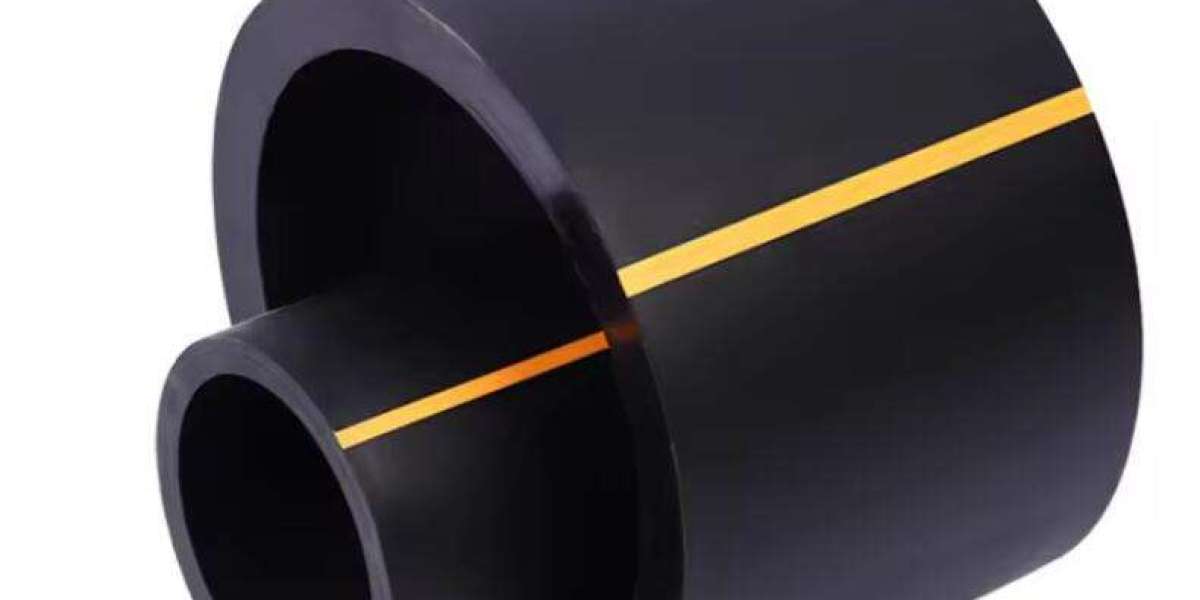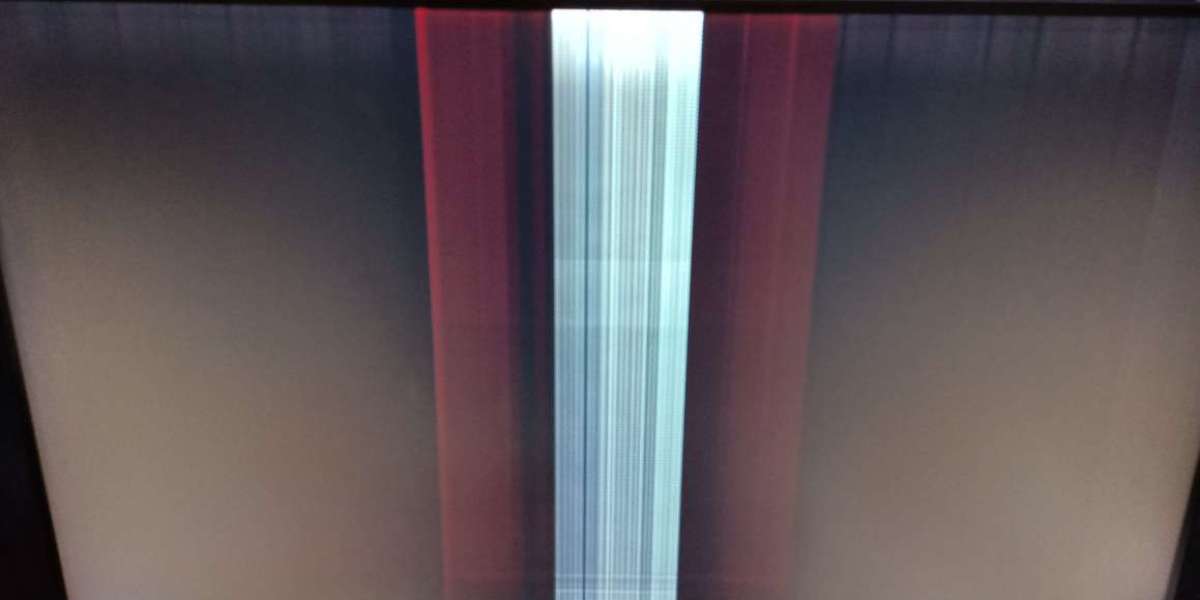The HDPE (High-Density Polyethylene) gas pipeline has become a staple in the industry for its numerous advantages, such as high strength, flexibility, and corrosion resistance. As a leading manufacturer and seller, Hangyi offers top-quality HDPE gas transmission pipes that are designed to meet various specifications and installation requirements. This article delves into the installation process of the HDPE gas pipeline, providing a comprehensive guide for industry professionals.

Understanding HDPE Gas Pipeline Specifications
Before diving into the installation process, it's crucial to understand the HDPE gas pipeline specifications. These specifications include the pipe's diameter, wall thickness, and SDR (Standard Dimension Ratio) ratings, which determine the pipe's ability to withstand pressure and its flexibility. Hangyi provides a range of HDPE gas pipelines with varying specifications to cater to different project requirements.
Preparation for Installation
The installation process of the HDPE gas pipeline begins with thorough preparation. This includes:
Site Assessment: Evaluating the terrain and environmental conditions to determine the best installation method.
Material Inspection: Ensuring that the HDPE pipes and fittings meet the required specifications and are free from defects.
Tool Preparation: Gathering the necessary tools and equipment for the installation, such as fusion machines, cutting tools, and measuring devices.
Trenching and Backfilling
The next step in the installation process is trenching, where a trench is dug to accommodate the HDPE gas pipeline. The trench must be the appropriate depth and width to prevent damage to the pipe and to ensure proper backfilling. Hangyi recommends following the best practices for trenching to protect the integrity of the pipeline.
Handling and Measuring
Careful handling of HDPE pipes is essential to avoid damage during installation. Measuring the required lengths and marking them accurately ensures a precise fit. Cutting the pipes to the correct length using specialized cutting tools is a critical step that must be performed with precision.
Fusion Welding
One of the key aspects of the installation process of the HDPE gas pipeline is fusion welding. This technique creates a strong, leak-free joint between the pipes and fittings. Hangyi emphasizes the importance of using the correct fusion welding techniques and equipment to ensure a secure connection.
Jointing and Sealing
After welding, the joints are inspected for quality and sealing. Any gaps or irregularities must be addressed to maintain the integrity of the gas pipeline. Hangyi's HDPE gas pipelines are designed to be easily jointed and sealed, ensuring a reliable gas transmission system.
Testing and Inspection
Once the installation is complete, thorough testing and inspection of the HDPE gas pipeline are conducted. This includes pressure testing to ensure there are no leaks and visual inspections to confirm the proper installation of all components.
Backfilling and Restoration
The final stage of the installation process involves backfilling the trench and restoring the site. This must be done carefully to avoid damaging the pipeline and to ensure the stability of the surrounding area.
Ongoing Maintenance and Support
Hangyi provides ongoing maintenance and support services to ensure the longevity and reliability of the HDPE gas pipelines. Regular inspections and maintenance help identify potential issues before they become critical.
Conclusion
The installation process of the HDPE gas pipeline is a meticulous procedure that requires careful planning, preparation, and execution. From understanding the HDPE gas pipeline specifications to the final testing and backfilling, each step is crucial for the successful installation of a gas pipeline system. Hangyi, with its rich experience and commitment to quality, offers comprehensive solutions and professional after-sales support to ensure the smooth implementation of HDPE gas pipeline projects.







